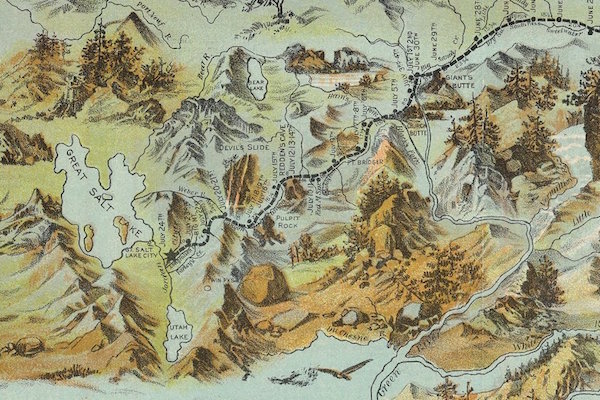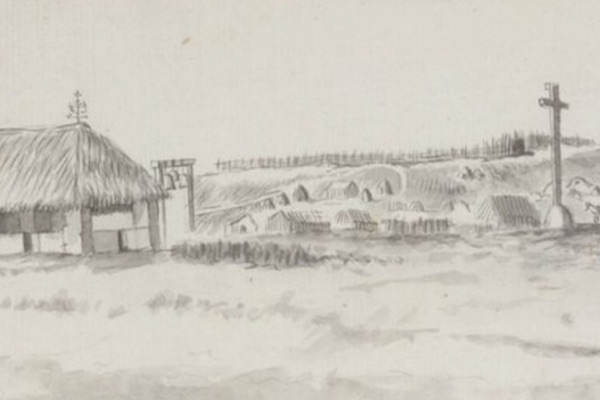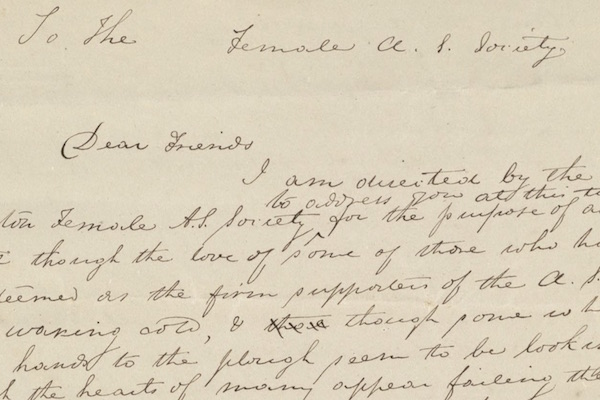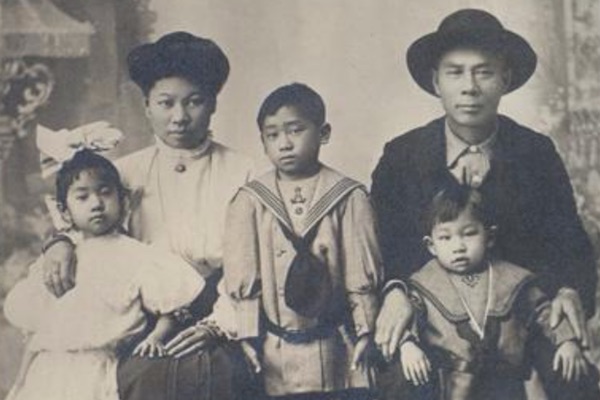By the 1820s, the Cherokee Nation had seen much of their ancestral lands (in what is now the southeastern US) disappear, through treaties with colonial governments and the United States government. Hoping to avoid cultural destruction, several Cherokee leaders—including John Ross, Principal Chief of the Cherokee Nation and John Ridge, the Speaker of the Cherokee Council—led their people into a period of reform called the “Cherokee Renaissance.” By 1830 the Cherokee Nation had adopted a written language and forged a constitution modeled on that of the United States, complete with a chief executive, a representative government, and courts enforcing Cherokee laws. Many Cherokee had converted to Protestant Christianity, lived in nuclear family homes, and farmed the land—sometimes with the labor of enslaved African Americans.
This same period saw the rise among US citizens of “Manifest Destiny,” a belief that white Americans were God’s chosen people, selected by Him to spread the United States from the East to the West Coast, “sea to shining sea.” Andrew Jackson, a famous “Indian fighter,” was elected President in 1828, largely on his pledge to move Indian tribes westward to allow the advance of white civilization. Emboldened by Jackson’s stance, state legislators in Georgia passed laws that abolished the Cherokee government, invalidated Cherokee laws, and created a lottery system by which white Georgians could legally take Cherokee homes and land. In 1830, Congress passed the Indian Removal Act, allocating funds to forcibly remove Native Americans from the Southeast to lands west of the Mississippi River.
Cherokee leaders could not agree how to respond. In 1835, government negotiators took advantage of their factionalism and persuaded a small group, led by John Ridge and his father Major Ridge, to sign the Treaty of New Echota—which ordered the Cherokee to remove themselves from their homes and relocate to land west of the Mississippi River. This primary source set uses documents, images, and music to reveal the story of Cherokee removal, which is part of a larger story known as the Trail of Tears. Thousands of Native Americans—Chickasaw, Creek Choctaw, Seminole, and Cherokee—suffered through this forced relocation.


















































